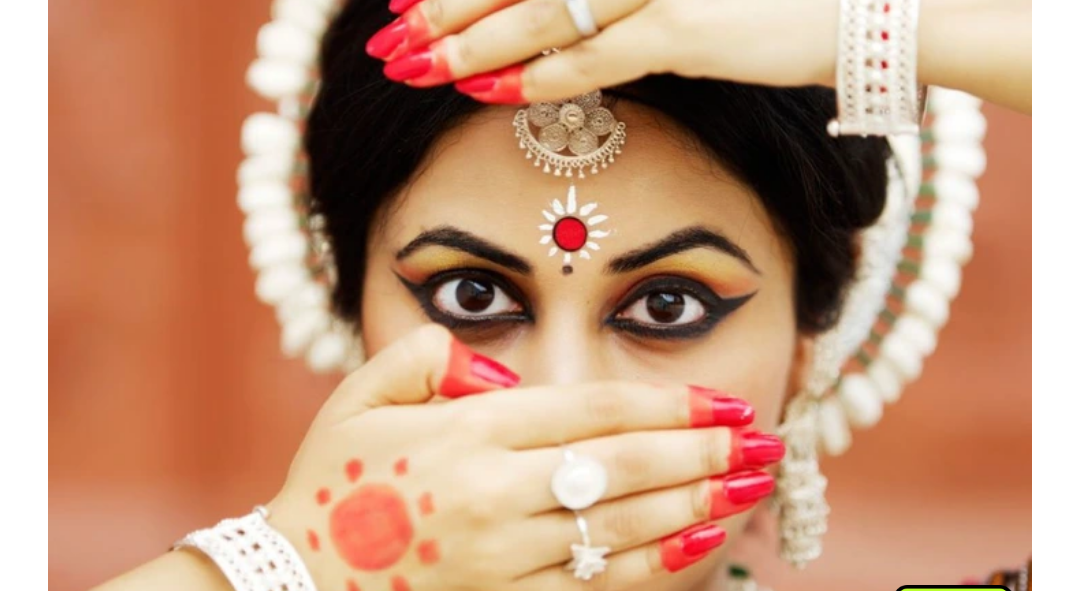Why Is The Red Dot on The Foreheads of Indian Women So Important and What Is It Called?

If there is anything one can note in the study of history, it is that culture and societal differences are the very basis of everything that we study as students of history. This means that the very thing that we call history, is a factor of everything that seems to bring us together and also differentiates us. What better Separate a population from another than the culture of their communities. This means that what you will find in Italy isn’t what you will find in Greece, the Culture in India is very different from the Culture in China. Interestingly this difference in culture has made history so interesting since we now understand that each human society, despite the varying location has certain distinct advantages and cultural practices
Speaking of culture, one can also note that women are very essential aspects of culture, in fact in some studies, women are responsible for creating cultural patterns, by studying other communities, and breathing life to their idea. What this means is that women are essential to the very idea of culture and if one is to study a culture, the best thing to do is to listen/study the women in such communities, or nations. In terms of studying culture, one should perhaps take a look at India, and to study a specific aspect of the wide range of options in the Indian society, we have to study the women and their interesting choice of makeup and body tattoos.
In the Indian culture, there is a very interesting idea that women have to bear a particular sign on their forehead, a decoration that is mostly seen in South Asia, similar to India, this can also be found in countries like Bangladesh, Nepal, Sri Lanka, and Mauritius. This decoration is a red dot that seems to always find its way to the forehead of Indian women, no matter what. According to sources, this cultural idea is a long one and the red dot is called a bindi. The English meaning of this said Bindi is “a drop, small particle, and dot.”
Understanding this concept or derivative in the Indian cultural view would have to take the understanding of Indian Mysticism. The Indians, historically are very spiritual people who believed greatly in the presence of supernatural beings and superpowers. They believed they could see beyond, and even contact deities and hold fruitful conversations with them. As far as this idea of Bindi goes, the Indian culture believes that it represents the third eye. If you have ever read through a book ON Indian mysticism or watched movies and documentaries on the subject, you would have noticed that the Third eye is very important to the Indian people. They believed greatly in their ability to see beyond the physical world with this third eye.
However, over the years, what this said red dot that we often see on the heads of Indian women has represented seems to have changed over time. For most of the modern years, we have seen some represent it as a sign of marriage or a sign of significant commitment that a woman has towards a man. This is interesting and perhaps speaks highly of how significant cultural practices can change their meaning over time.
Nonetheless, the history of the Bindi is a long one, regardless of the ideas we now see in movies and TV series, it has a much more traditional meaning that cannot be overemphasized. In Indian tradition, it is often depicted to be a bright red dot that is applied to the center of the forehead close to the eyebrows, mostly in women. Though Ancient Origins have noted in past publications that this idea that the bindi has to be in red isn’t particularly true. Sometimes the color tends to differ. Some experts have noted that the colors can vary depending on the culture of the particular environment, and they tend to wear jewelry upon them. Interestingly, some e, period have also associated and established a link between blood sacrifices and the use of the red bindi.
This perhaps makes sense since the color of blood has been linked to that of the red bindi. Perhaps beyond the shared color, the fact that a time existed in the history of the culture that the bindi wasn’t done with colored substances, but with actual blood. As a matter of fact, some societies in the Aryan culture often make something called a tilaka, which is basically long vertical marl on their bride’s forehead as a sign that the woman is now taken. Unfortunately, when a woman loses her husband, she immediately loses the right to use the tilaka or bindi.
This bindi is so important that it seems as though its presence on the head of an Indian woman is significant to how the woman is viewed and respected. A Widow can be spotted quickly from the use or disuse of Bindi, a newly Wed can be recognized quickly, their religious belief is also noted, and a lot more from how the bindi can be used and how it is applied is a lot of information to anyone who spots it.
Reference/quoted sources;




Na Dem sabi